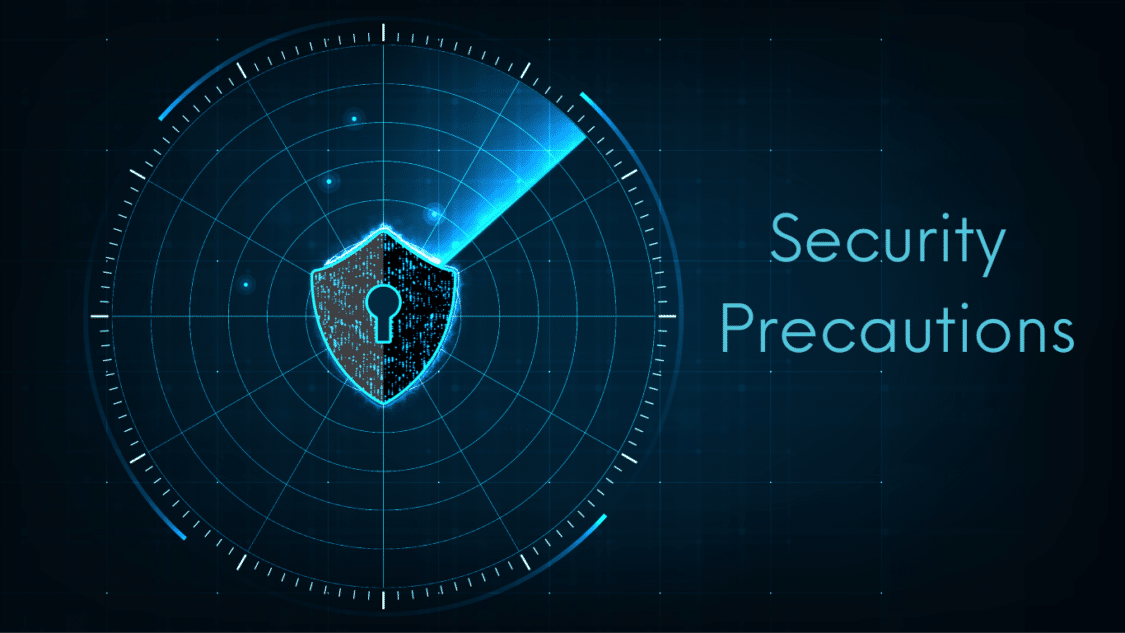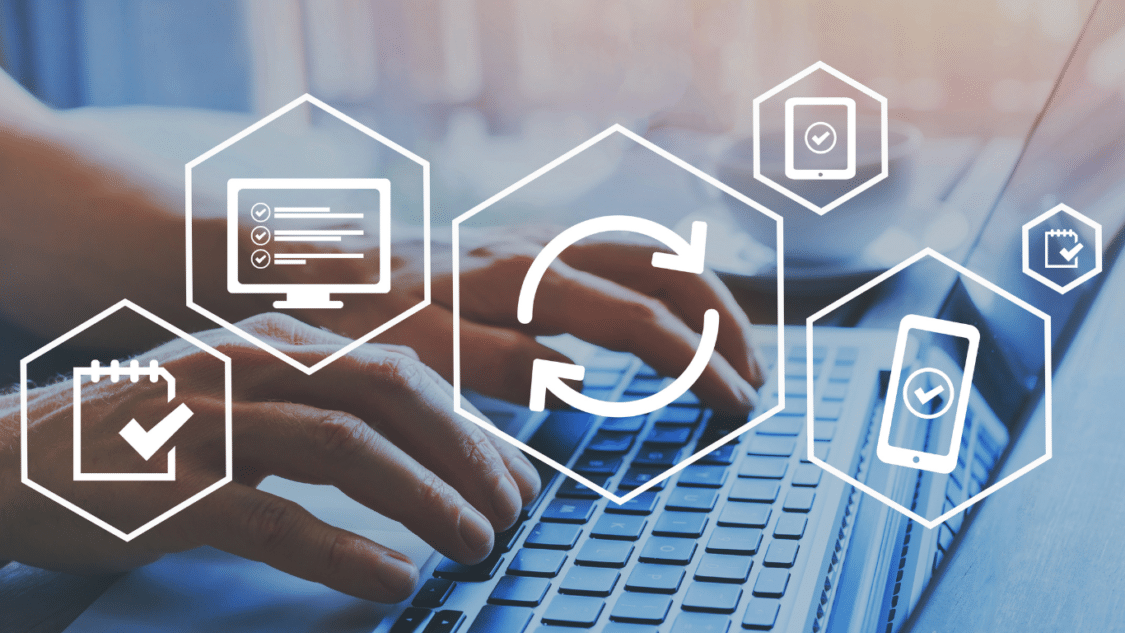
Hot wallets and Cold Wallets
In today’s article, we will learn what hot and cold wallets are.
A hot wallet is also known as an online wallet. As its name indicates, these wallets are run on the internet. They run on either a computer, a phone, or a tablet. Hot wallets create a private key for your coins. However, it can be convenient for storing your coins due to accessibility and quick access. It also lacks security.
Tokens can be stolen on hot wallets in various ways, which no one wants to be a victim of. They should not be used for significant sums; only small sums should be stored in your hot wallet. While hot wallets work with the internet, it is convenient for attackers. They are nevertheless suitable for making quick transactions or trading cryptocurrencies.
A cold wallet is the most reliable option when storing significant amounts of money. The wallet does not have internet connectivity. Hence, they are denoted as offline wallets, which pose significantly lower risks than their online counterparts. The security of the user’s private key remains intact.
An even safer way to store crypto is via a paper wallet. A paper wallet is a version of a cold wallet that is accessible through certain websites. It provides a public and private key that you print out on paper. The paper is what will give you access to your cryptocurrency. It is essential to keep that paper safe and secure in your possession.
Regarding a hardware wallet, this wallet is on a USB drive; hence the name and the private keys are secured. On a hardware wallet, there is no room for viruses. They are also usually open-source and allow their community to decide its safety measures. Cold wallets are the safest way to hold your Bitcoin or other currencies. However, they often need a bit more knowledge to set up. Anyone interested in storing their Bitcoin properly must understand the basics of both hot and cold wallets.
Security Precautions

Regarding security precautions, hot and cold wallets have different considerations due to their distinct natures. Using strong and unique passwords is crucial for hot wallets to protect against unauthorised access. Complicated passwords are the key to making efforts to combine letters (both uppercase and lowercase), numbers, and symbols. Enabling two-factor authentication (2FA) adds an extra layer of security by requiring a second verification step, typically through a separate device or app.
Regular software updates are also crucial for hot wallets. Wallet suppliers often issue updates that contain significant security enhancements and fixes for glitches. Updating the wallet software regularly is essential to accessing the latest security upgrades and safeguarding yourself against already identified threats.
Download hot wallet applications from trusted sources, such as the official website of the wallet provider or reputable app stores. Keep watch of third-party or unofficial sources, as they may distribute fake or malicious software. Using trustworthy antivirus software and maintaining an active firewall on your computer offers further defence against viruses and unwanted access attempts.
On the other hand, cold wallets prioritise offline storage for improved security. Ensuring physical security is of utmost importance for cold wallets. It is advisable to store the device in a secure location to prevent unauthorised access or theft. Creating numerous backups for your cold wallet’s seed phrase or private key is of utmost importance. It is recommended that the backups of the cold wallet be securely stored in geographically distinct physical locations to guarantee the retrieval of funds in the event of loss or damage.
Since cold wallets are not related to the Internet, they provide an inherent security advantage. By being separate from the Internet, they minimise the risk of remote attacks or unauthorised access. It is recommended to purchase cold wallets directly from the manufacturer or authorised resellers to ensure the integrity and authenticity of the firmware. It’s also crucial to check for manufacturer-provided firmware updates, as these releases frequently include security improvements and bug fixes.
While following these security precautions is crucial, always remember no security measure is foolproof. Adopting a holistic security approach is recommended, keeping software up to date, being cautious of suspicious activity, and monitoring wallet activity for any signs of unauthorised access.
Backing Up
Backing up your cryptocurrency wallet is necessary when working with hot and cold wallets. Once doing so, save the backup of your crypto wallet to several devices and locations. In the case of your device crashing, you have a way to recover the currency in your digital wallet. Once you have backed up your wallet, set a strong password to keep your assets safe.
Choose a password that is complex, unique, and not easy for others to assume. Avoid using personal information, phone numbers or familiar words and consider using a combination of letters, numbers, and symbols. A strong password adds an extra layer of security, making it more difficult for potential attackers to gain unauthorized access to your wallet.
Remember, backing up your wallet is not a one-time task. It needs to be done often. It is recommended to regularly update your backups whenever there are changes to your wallet, such as generating new addresses or adding new cryptocurrencies. Periodically testing the restoration process using your backups is also essential to ensure their validity and that you can efficiently recover your funds if and when needed.
Updates

Make sure the software you are working with is up to date. The latest version of the wallet program includes an advanced security feature that enhances the security of your Bitcoin assets. The latest software version will keep your crypto assets much safer. This update can keep you safe from any crisis because once the software is at its latest version, it has enhanced security, precisely what you need for your wallet.
Multi-Signature Transactions
Multi-signature is another precaution that will keep your crypto investments safe. The process requires the signature of 3 to 5 people for a transaction to follow through. This process keeps theft out of the picture because a single-person transaction is no longer possible. The few people allowed to perform a transaction are decided, and the others in the group must approve every transaction.
Conclusion
In conclusion, both hot and cold wallets play significant roles in the security and management of cryptocurrencies, but they have distinct characteristics and security considerations. Hot wallets provide convenience and accessibility with online connectivity. Still, they require strict security measures such as strong passwords, two-factor authentication, regular software updates, and caution when downloading from trusted sources. In contrast, cold wallets emphasise offline storage and physical security measures to shield assets from potential threats from remote attacks. Concerning cold wallets, it is incumbent upon the users to prioritize the creation and secure storage of backups while procuring devices exclusively from trustworthy sources to uphold the firmware’s integrity.
By following these security precautions and adopting a comprehensive approach to protecting crypto assets, investors can enhance the safety of their digital holdings, whether using hot wallets or cold wallets. Ultimately, choosing the most suitable wallet type depends on an individual’s needs, risk tolerance, and preference for convenience versus maximum security.
For more news updates, visit our homepage now and see our latest news article. Want to learn more about trading? Visit our education page now and learn for FREE!

